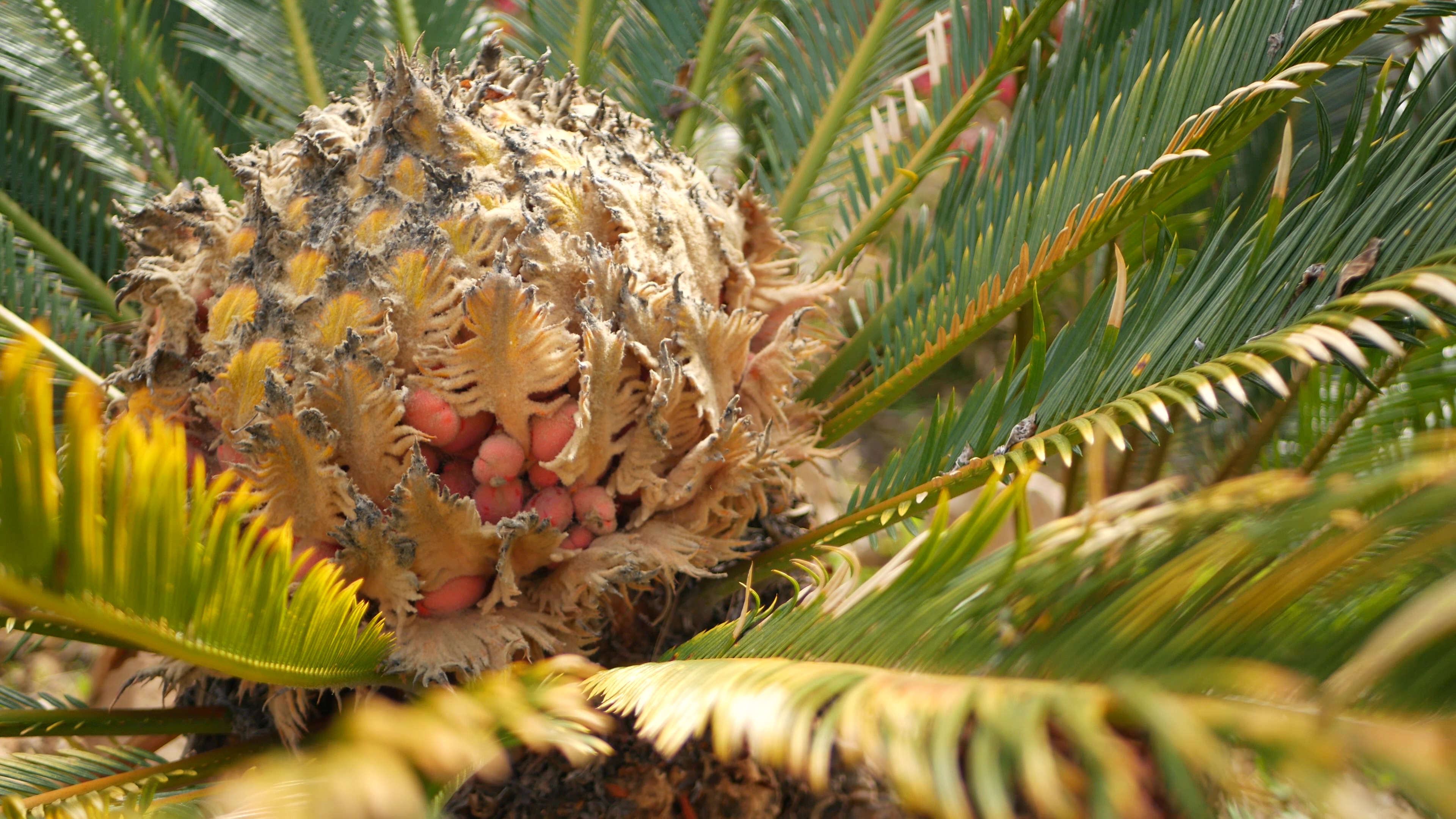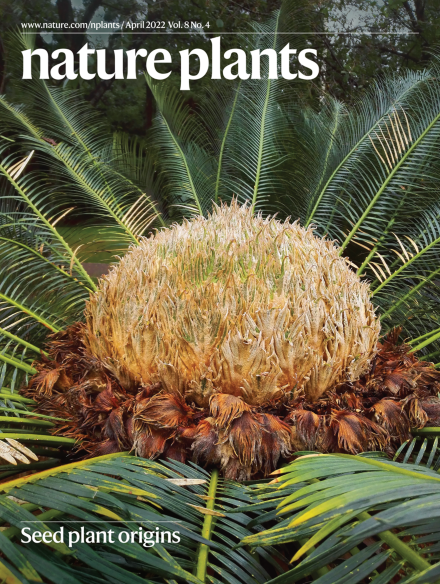These little-known, palm-like plants appeared before the age of dinosaurs, survived alongside these large reptiles, and were even eaten by them. Unlike the dinosaurs, however, they still exist today1. Cycad in forest
Cycad in forest
Known as cycads or “living fossil plants”, they are the oldest surviving seed-bearing plants on earth. The origins of this remarkable plant, dubbed the “panda of the plant kingdom” for its uniqueness and rarity, dates back about 300 million years ago to the Jurassic era2.
Today, cycads, listed as critically endangered species on the International Union for Conservation of Nature’s (IUCN) Red List3, are also key protected plants at the national level in China. However, due to its large and complex genome, the cycad clade has, until recently, lacked a complete genome map.
In 2017, BGI-Research launched the 10,000 Plant Genome Project4, which aims to promote biodiversity and ecological protection. That same year, BGI, Shenzhen Xianhu Botanical Garden, and Kunming Institute of Botany at Chinese Academy of Sciences jointly launched the Cycad Genome Project.
The project selected the most basic group of cycads and an ancient remnant species unique to China – Panzhihua cycads – as the sequencing material. The research involved 22 domestic and foreign institutions and more than 60 scientists.
Recently, BGI-Research, together with other international research scientists, completed the genome mapping of cycads, with the research results published in Nature Plants as a cover story. Not only do the freely accessible published results embody the best genome mapping efforts in gymnosperms, they represent the last piece of the puzzle in the study of the genome evolution of seed plants.
 The completed mapping and research results of cycads genome published on Nature Plants as cover story (Credit: Nature Plants)
The completed mapping and research results of cycads genome published on Nature Plants as cover story (Credit: Nature Plants)
More importantly, the cycad offers a number of ecological and economic benefits. While the seeds in the husks of cycads are poisonous, and can cause nausea and vomiting in animals, they are useful as insecticides in crop cultivation. The toxic protein in these seeds can kill common insects, including the cotton bollworm and diamondback moth, thus protecting crops such as cotton and corn.
Apart from agriculture, cycads also offer medicinal benefits – it can be applied externally on the human body, while its leaf extracts have anti-cancer properties. It is also used in medicines for various diseases, such as liver disease.
The nutritional and antibacterial functions found in the proteins of cycad seeds in this study also indicate that cycads provide multiple benefits to ecological protection, as well as human life and health.
Therefore, in this regard, BGI’s efforts to promote the conservation of Earth’s biodiversity are significant, and contribute to ecological protection and sustainable social development.
Read the article: https://www.nature.com/articles/s41477-022-01129-7
Reference:
1. https://ucmp.berkeley.edu/seedplants/cycadophyta/cycadfr.html
3. https://portals.iucn.org/library/efiles/documents/2003-010.pdf



